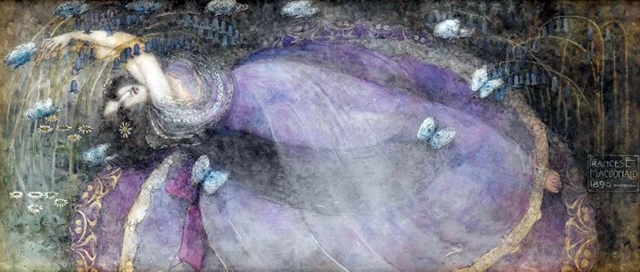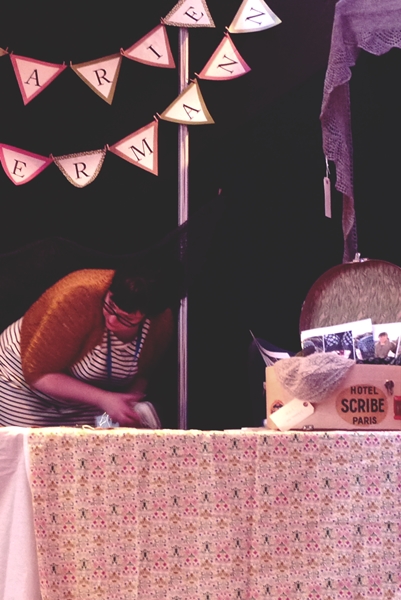 I cannot believe Edinburgh Yarn Festival is less than two weeks away. Where did the time go?!
Last year I was so busy that I never really made it into the marketplace and I missed out on so much. This year I may be teaching three classes, but I've made sure not to overcommit myself. No pop-up stall, no evening shenanigans, and no .. well, okay.. I do have a few things planned but I'll get back to those closer to the Festival.
I cannot believe Edinburgh Yarn Festival is less than two weeks away. Where did the time go?!
Last year I was so busy that I never really made it into the marketplace and I missed out on so much. This year I may be teaching three classes, but I've made sure not to overcommit myself. No pop-up stall, no evening shenanigans, and no .. well, okay.. I do have a few things planned but I'll get back to those closer to the Festival.
If you have never been to a fibre festival before, I wrote a small survival guide last year. EYF is one of the biggest events on the knitting calendar and my guide contains some great tips.
However, I've heard from people that they think EYF sounds too big and stressful - this could not be further from the truth. Despite the apparent scale of EYF, it is rooted in community. It is a real celebration of the knitting community, you'll be among like-minded people, and there are big pockets of calm throughout. Last year the Podcast Lounge was an amazing place to hang out with comfy sofas, people knitting, and lovely podcasters like Louise, Jo & Louise spreading joy (and calmness). It looks set to be another great year for the Lounge, so that's a great place to visit if you need a break from the marketplace.
Speaking of the marketplace, I have quite a few places I want to check out.
Blacker Yarns is one of my top priorities. They are sponsoring the Podcast Lounge and I'm keen on seeing the Tamar colour range as well as checking out a few other yarns I am curious about. Jamieson's of Shetland is always another draw for me. And naturally I am going to swing past my friends at Midwinter Yarns to have a look at their Nordic goodies. I've primarily worked with their Pirkkalanka yarns from Finland, but the Ullcentrum and Filcolana yarns are also well worth a look. The Gotland yarn is particularly lovely but you do owe it to yourself to have a look at Pirkkalanka. I'm also excited about New Lanark showing up to spread the word about their fantastic workhorse yarns spun just down the road from me.
Then the small indie yarnies. I missed Dublin Dye last year and I was kicking myself. The Little Grey Sheep is also on my list (mmm, gradient packs) and I'm so excited to see The Wool Kitchen with their modern, zingy approach to dyeing. If you've yet to see the stunning mohair/Wensleydale yarns from Whistlebare, you are also in for a treat. I'll be there gazing adoringly.

And perennial favourites too. I think it'll be the first visit up north for Kettle Yarn Company - do not miss her. Linda has some really special yarns and a painterly approach to dyeing. Caerthan of Triskelion is your go-to man for rich, deep, astounding jewel colours. Eden Cottage Yarns is another must-visit with her soft, wistful colour palette and unique bases. Skein Queen is back this year with her luxury yarns - I especially love her eye for semi-solids. My good friend Old Maiden Aunt will also be back with her dark, rich colours dyed on the West Coast of Scotland. Finally, Wollmeise. If you need an introduction to Wollmeise, try a Ravelry search. Wollmeise is stuff of knitting legends: strong, vibrant colours on bases that appeal to both sock fans and lace geeks. I think she might be quite busy but I'm still planning to drop by.
ETA. Pretty darn excited to hear that the Knitting Goddess is not just bringing her exquisite hand-dyed yarns (don't miss her Colour Wheels) but also FQs with screen-printed knitting designs. I swooned over them on Twitter and will be first in line to see these wih my own eyes.

Three stalls you and I won't want to miss:
Shilasdair hails from the Isle of Skye and I used their stunning Luxury 4ply for my Burnet hat you'll find in Wool Tribe. Their yarns are naturally dyed (the plants are still picked by hand) and the colours are inspired by the Scottish Highlands.
The Queen of Purls is not just my local yarn shop, but also the name under which Queen Zoe dyes her own yarns. She leans towards a soft, nature-inspired palette (particularly good on yellows and oranges which can be hard to find). It'll be her first time vending at EYF as Queen of Purls and I cannot wait to see her selection.
Ripples Crafts probably needs no introduction either. Helen lives up, up, up north in the Highlands and dyes yarns that reflect her surroundings. She has a big number of fans already, but if you are curious to see the yarn I used for Frances Herself, do pop by. I am certainly planning to do so!
Finally, finally, I am planning on simply catching up with friends. Because Edinburgh Yarn Festival is essentially about catching up with friends, forging new friendship bonds and being part of a big, lovely, squishy community. See you there.


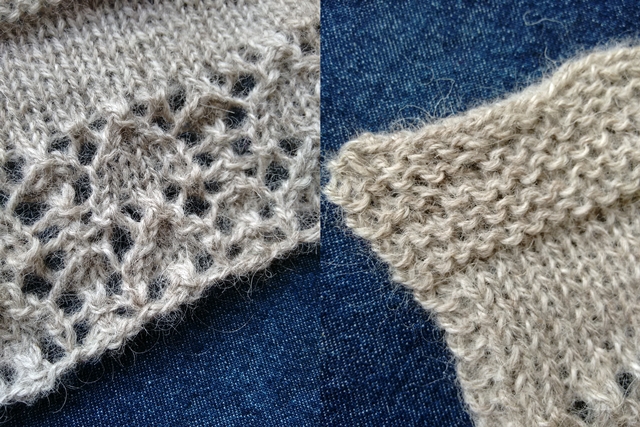
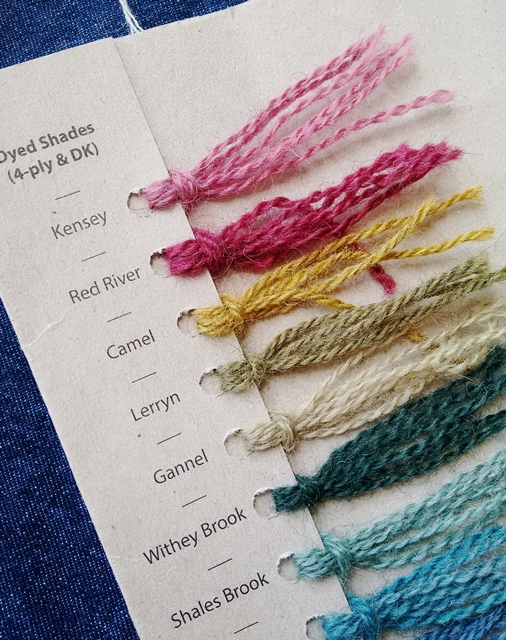
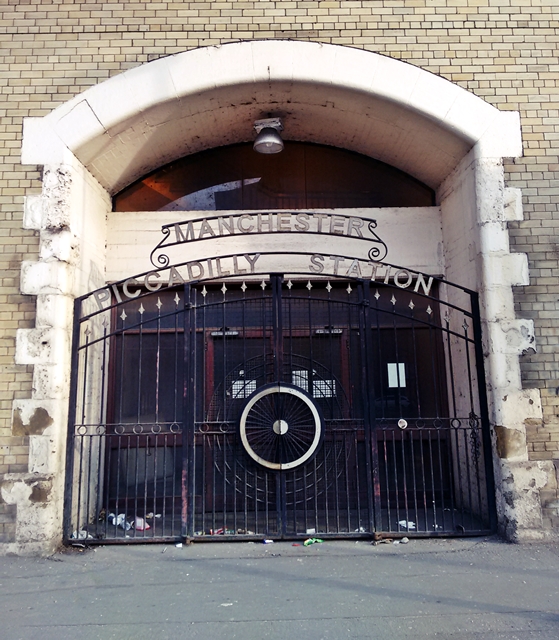
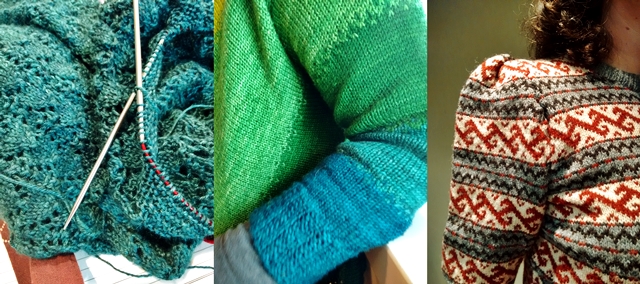
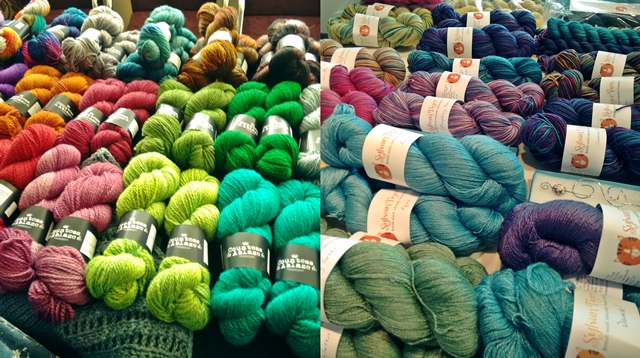


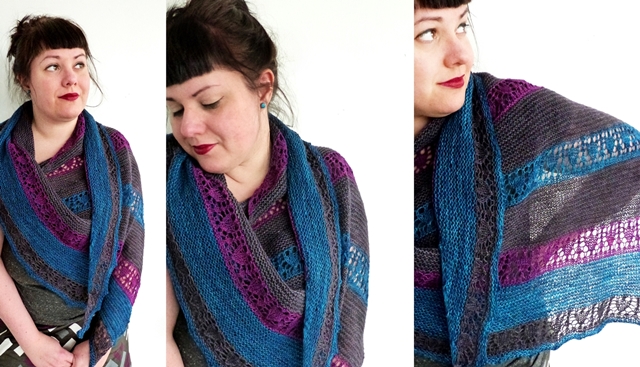
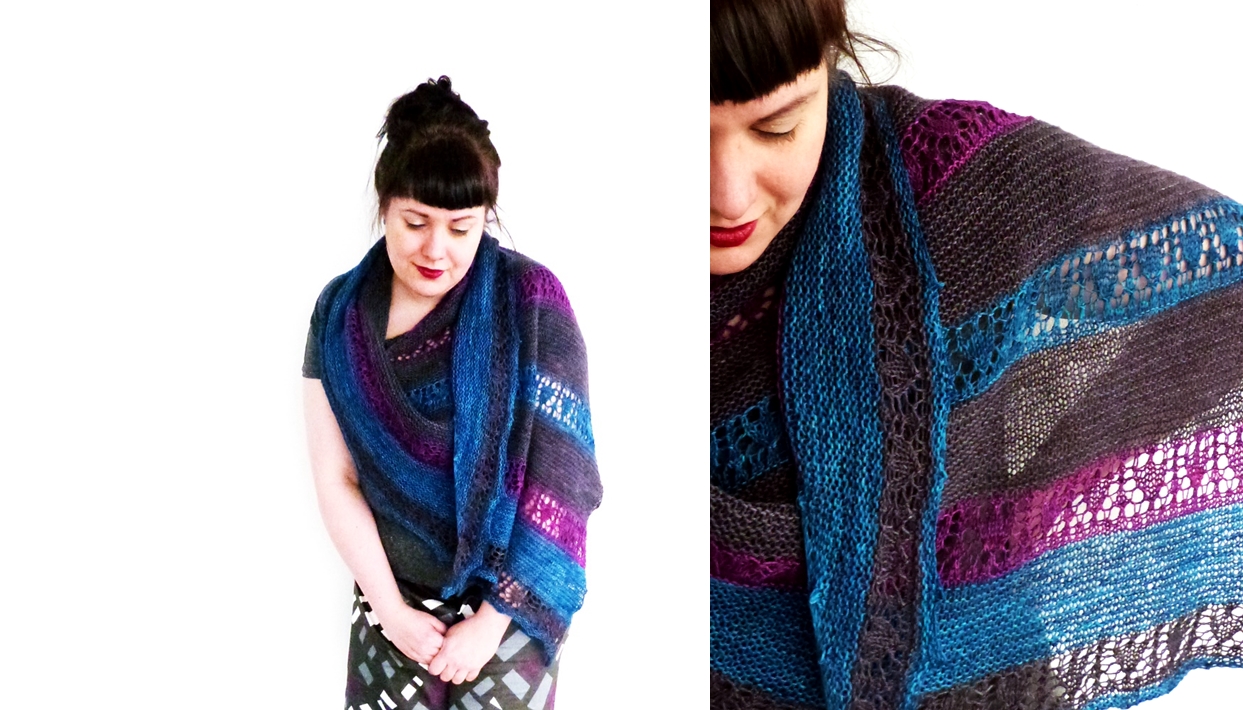
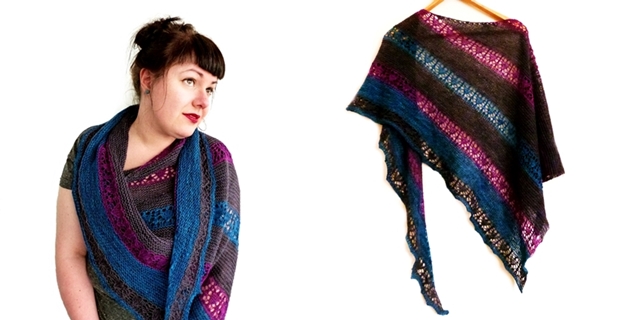
 The first artist in my Authors & Artists series is Frances Macdonald McNair (1873-1921). She was born in England and attended the prestigious
The first artist in my Authors & Artists series is Frances Macdonald McNair (1873-1921). She was born in England and attended the prestigious 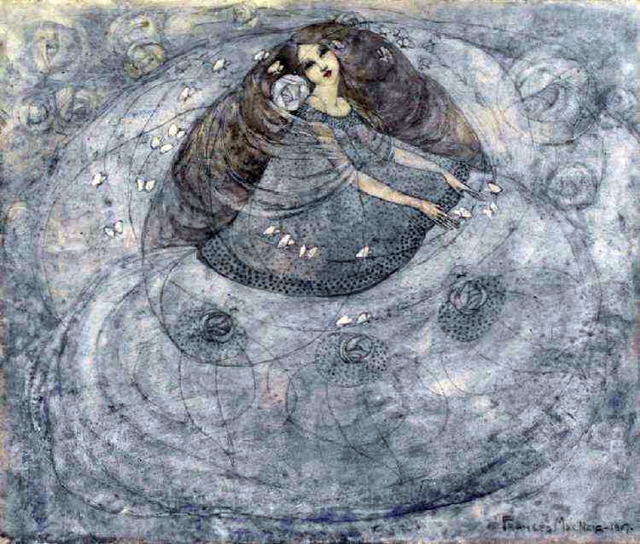

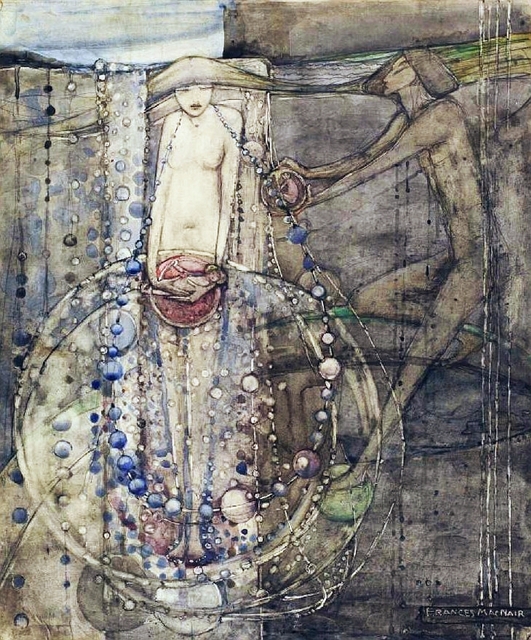
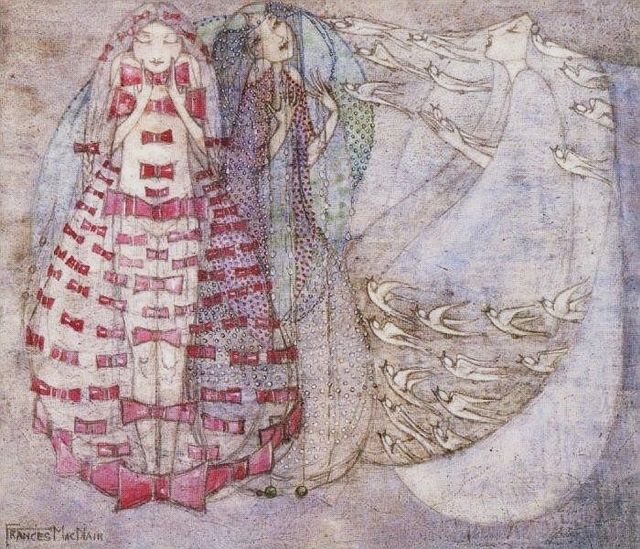
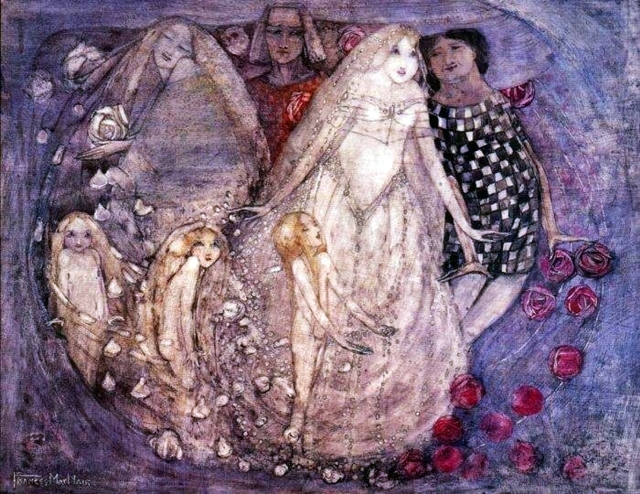 This is an image by
This is an image by 